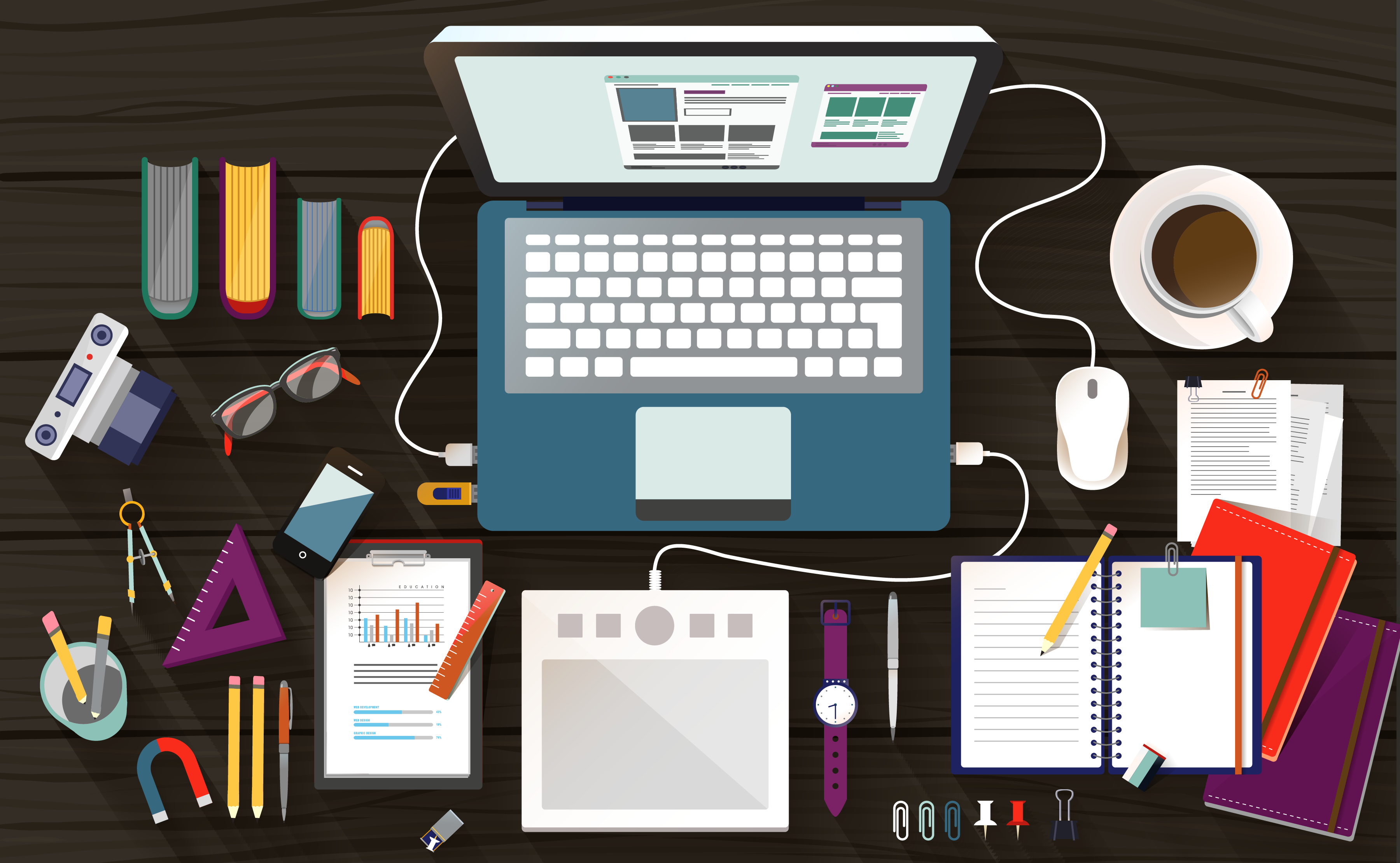If our systems have any chance of supporting students with remote learning, they have to use the principles of Universal Design to ensure that every student, regardless of variability, has equal opportunities to learn. “One-size-fits-all” solutions do not work in the classroom and they certainly don’t work remotely. We have to be flexible about how we design remote learning experiences so that they are accessible, challenging, culturally sustaining, and linguistically appropriate.
When discussing “remote” learning, many minds jump to “online learning.” Yet, robust online learning requires every student to have a device and a strong internet connection which may not be a reality. If a lack of devices or internet connectivity creates a barrier for a single learner, a district has to ensure there are other pathways to learn. This conversation often becomes “online” vs. “packets,” and neither is a viable solution for high-quality learning. In the field of UDL, we often say, “What is necessary for some, is good for all.” All students should have access to home learning experiences that do not rely on technology and internet connectivity, but these learning experiences cannot be “one-size.” This is necessary because there are many barriers we can predict that will impact student learning in a remote setting.
"If a lack of devices or internet connectivity creates a barrier for a single learner, a district has to ensure there are other pathways to learn."
Beyond the variability we can expect in a classroom setting, we have to recognize that many students will be working without support from their families, will be juggling numerous responsibilities such as caring for family members or working, will be significantly impacted by food and/or income insecurity, and will be navigating the racial inequities and police brutality against people of color and what it means to them. All students, including our students with disabilities, Black and brown students, English learners, students who are economically disadvantaged, and our LGBTQ students, need us to consider the barriers they may face so we can be as flexible as possible when designing learning expectations for them. This starts with recognizing that we aren’t playing a game of “online learning vs packets.”
Examine the following message and note its flexibility. Wouldn’t it be amazing if we could share this message with our learners? Granted, you may not be able to offer all options, but considering barriers, and designing to eliminate them, is how we can ensure that all learners will have access to the education we are offering during COVID-19 and beyond.
Students – This fall is going to a little different for all of us, but know that I will teach you no matter what! I have designed learning so it’s flexible for all of us. Each week, there will be three options for you to learn.
- If you have access to a device and internet, you can choose to learn online and attend live Zoom sessions with me. If you don’t have a device, the district can loan you one, or you can choose another option. If you can’t make the live sessions, don’t worry. I will record them and you can watch them later.
- If you have a device, but don’t have access to the internet, you can pick up a USB drive every two weeks with all the options available to you. You can return it with your work on it and pick up a new one so I can provide you with feedback.
- If hard copies will work better for you, I will be working with the school to put together all the materials you need to make that happen! Let me know if this works and there will be an egg-crate coming your way. Then, I will share a learning plan every two weeks, via email, mail or pick-up. You will have everything you need to choose the options that work best for you.
In these options above, the learning plan would look the same, so teachers aren’t creating three different pathways. Within the plan, there are options and choices for how students will learn, and how they will share what they know. All these options are aligned to priority goals and standards so educators can assess progress on standards-based rubrics and can better determine the students who need targeted intervention within a standard.



